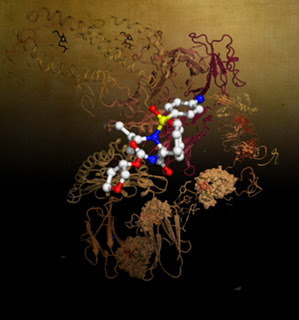The vast majority of people who experience a side effect from COVID-19 vaccination have only mild reactions lasting for two or three days. However, in March 2021 reports of small numbers of people being admitted to hospital predominantly after the Oxford/AstraZeneca vaccine with what could potentially be a very rare side effect of vaccination began to emerge. These people had blood clots in the major veins in the brain, abdomen, or elsewhere in the body, but at the same time a low level of platelets – which are responsible for clotting – in the blood.
The group of researchers, supported by a wide range of collaborators within the NHS and national agencies, will work together to study the mechanisms underlying the occurrence of blood clots with low platelets – known as thrombotic thrombocytopenia syndrome (TTS). This project is supported by the National Institute for Health Research and backed by £1.6 million of government funding from the Vaccine Taskforce.
Bristol's involvement in the study, led by Professor Jonathan Sterne, will be to look at the association of COVID-19 vaccination with cardiovascular events after vaccination by analyzing very large (population-level) datasets.









.jpg)



.jpg)

